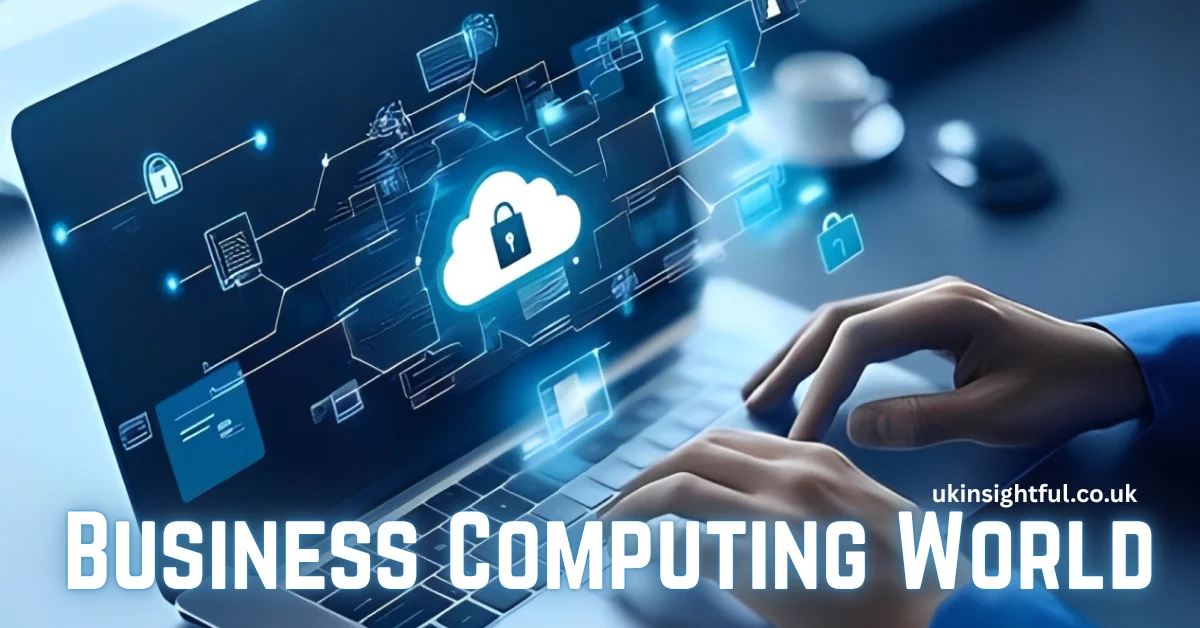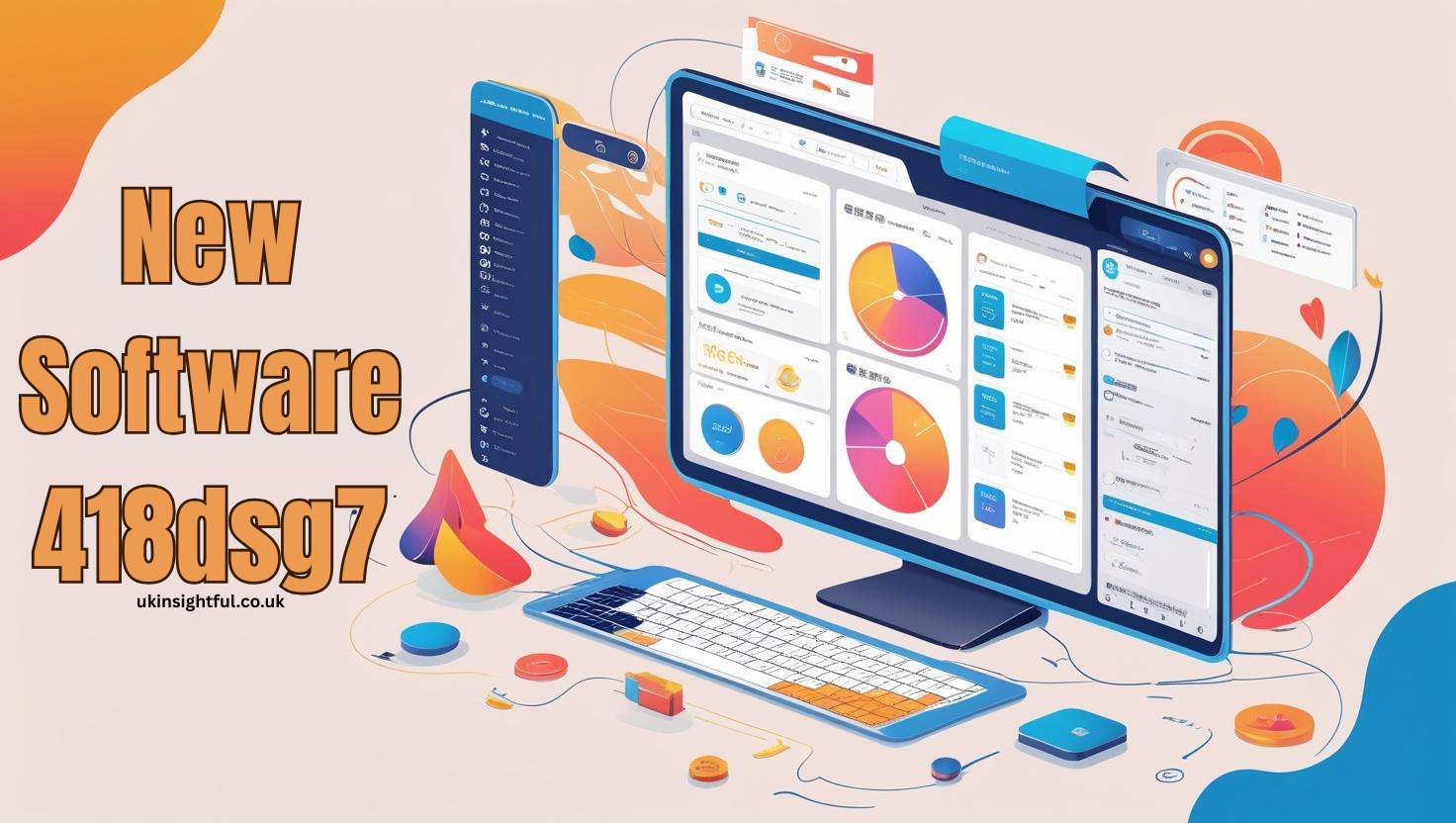
Explore the business computing world with our in-depth guide covering current trends, essential technologies, practical tips, and expert insights to boost your business IT strategy.
What is the Business Computing World?
The business computing world refers to the ecosystem where business operations intersect with computing technologies to improve efficiency, innovation, and competitiveness. It encompasses hardware, software, cloud computing, cybersecurity, data analytics, and digital transformation strategies that organizations adopt to drive growth and streamline processes.
Introduction
In today’s digital era, understanding the business computing world is essential for any organization aiming to thrive. As technology continues to evolve rapidly, businesses must adapt their IT infrastructure and strategies to stay competitive. This article explores the vast landscape of business computing, breaking down key technologies, industry trends, practical tips, and comparisons to help businesses leverage computing power effectively. Whether you are an IT professional, a business leader, or simply curious, this guide is your roadmap to mastering business computing in 2025 and beyond.
Understanding the Foundations of Business Computing
Business computing involves the use of computing technologies to support business activities. This includes everything from traditional desktop computers to cloud-based platforms and AI-powered analytics. The goal is to automate routine tasks, optimize resource management, enhance communication, and enable data-driven decision-making.
Key Components of Business Computing
-
Hardware: Servers, workstations, networking equipment
-
Software: Enterprise resource planning (ERP), customer relationship management (CRM), productivity suites
-
Cloud Computing: SaaS, PaaS, and IaaS models
-
Cybersecurity: Protecting data and networks from cyber threats
-
Data Analytics: Using big data to generate business insights

Why the Business Computing World Matters in 2025
The business computing world is no longer just an IT concern; it’s a central pillar of business strategy. Advances such as artificial intelligence (AI), machine learning, blockchain, and edge computing are reshaping how businesses operate. Firms that leverage these technologies efficiently can reduce costs, improve customer experience, and unlock new revenue streams.
For example, AI-driven chatbots automate customer support, while cloud platforms enable remote collaboration. These innovations create a dynamic business computing world where agility and technological savvy determine success.
Top Trends Shaping the Business Computing World Today
1. Cloud-First Strategies
More businesses are migrating critical workloads to the cloud for scalability and cost efficiency. Hybrid cloud solutions allow for flexible, secure deployments tailored to business needs.
2. Artificial Intelligence & Automation
AI powers everything from predictive analytics to robotic process automation (RPA), enabling smarter workflows and better resource allocation.
3. Cybersecurity Enhancement
With increasing cyber threats, businesses invest heavily in advanced cybersecurity frameworks, zero-trust architectures, and employee training programs.
4. Edge Computing
As IoT devices proliferate, edge computing reduces latency by processing data closer to the source, enhancing real-time decision-making.
Practical Tips to Succeed in the Business Computing World
-
Assess Your IT Infrastructure Regularly: Conduct audits to identify outdated systems and areas for improvement.
-
Invest in Cloud Solutions: Start small and scale cloud adoption based on your business model and growth stage.
-
Prioritize Cybersecurity: Implement multi-layered defenses including firewalls, encryption, and employee awareness programs.
-
Leverage Data Analytics: Use business intelligence tools to extract actionable insights from your data.
-
Train Your Workforce: Upskill your team to adapt to new technologies and processes.
Comparing Traditional IT vs. Modern Business Computing
| Aspect | Traditional IT | Modern Business Computing |
|---|---|---|
| Infrastructure | On-premises servers | Cloud-based and hybrid |
| Scalability | Limited and costly | Highly scalable and cost-efficient |
| Maintenance | Manual, resource-intensive | Automated and outsourced |
| Security | Perimeter-based | Zero-trust, continuous monitoring |
| Innovation Speed | Slow and rigid | Agile, continuous integration and delivery |

How Cloud Computing Revolutionizes Business Operations
Cloud computing is the backbone of the modern business computing world. By hosting applications and data remotely, companies reduce hardware costs, improve collaboration, and accelerate deployment times.
Real-World Example
A retail chain using cloud-based ERP systems can synchronize inventory and sales data across multiple locations instantly, enabling real-time restocking and personalized marketing.
The Role of Artificial Intelligence in Business Computing
AI technologies analyze large datasets to identify trends, forecast demand, and automate routine tasks. Natural Language Processing (NLP) improves customer interactions through chatbots, while machine learning optimizes supply chains by predicting delays.
Cybersecurity Protecting Your Business Computing Ecosystem
In an interconnected world, cybersecurity is paramount. Businesses must deploy firewalls, intrusion detection systems, and endpoint security tools. Regular penetration testing and compliance with data protection laws (like GDPR) are critical.
Conclusion
The business computing world is an ever-evolving landscape offering vast opportunities for innovation and efficiency. To succeed, organizations must stay informed about emerging technologies, adopt flexible IT strategies, and foster a culture of continuous learning. By doing so, businesses can leverage computing technologies to unlock new potentials, outperform competitors, and future-proof their operations.
Ready to transform your business with the power of computing? Start by evaluating your current IT strategy and explore how the latest business computing trends can drive your success.
FAQs About the Business Computing World
Q1: What skills are essential for working in the business computing world?
A: Key skills include cloud computing, cybersecurity, data analytics, AI understanding, and IT project management.
Q2: How can small businesses benefit from modern business computing?
A: Small businesses gain agility, reduced IT costs, and access to advanced tools previously only affordable for large enterprises.
Q3: What is the difference between cloud computing and edge computing?
A: Cloud computing centralizes data processing on remote servers, while edge computing processes data near the source to reduce latency.
Q4: How important is cybersecurity in business computing?
A: Extremely important; without strong cybersecurity, business data and operations risk breaches that can lead to financial and reputational damage.
Q5: What are common challenges in adopting new business computing technologies?
A: Challenges include cost, employee training, legacy system integration, and maintaining data security.
Read Also: Palladium Competitions Win Big Prizes & Learn How It Works






